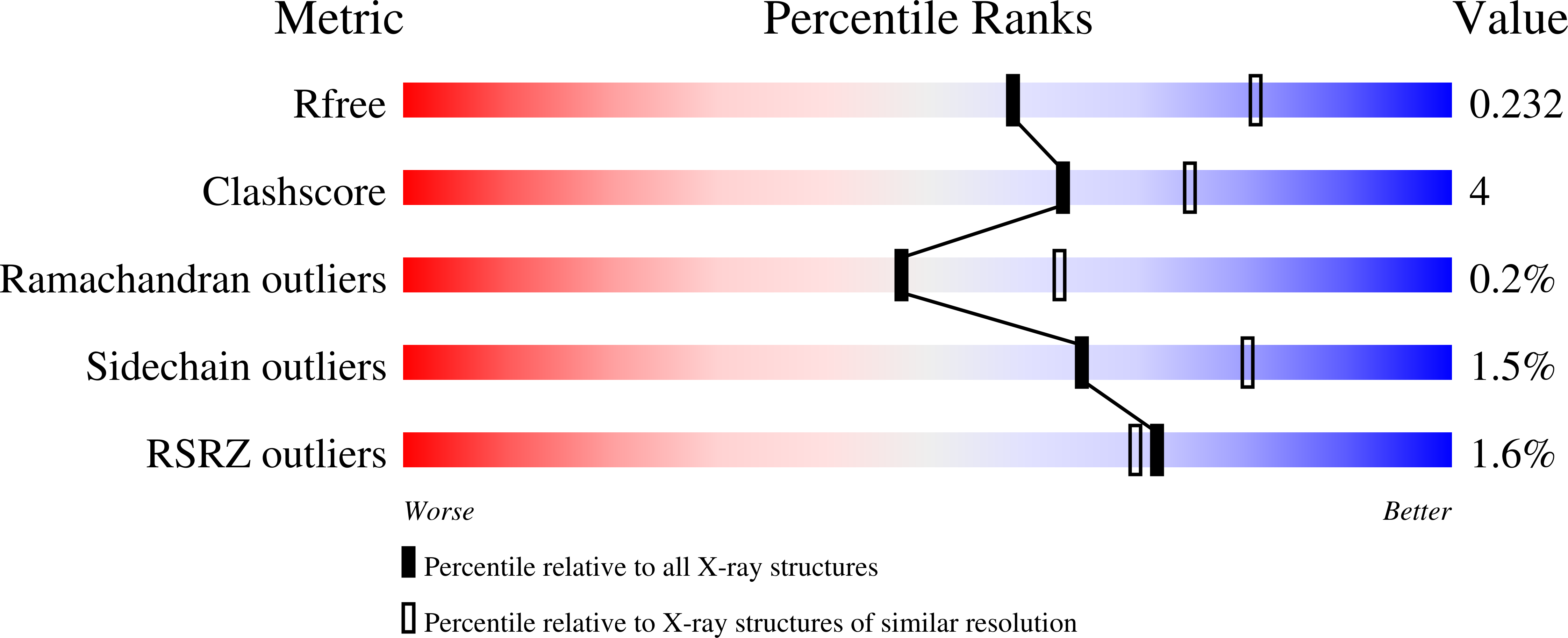
Deposition Date
2023-05-16
Release Date
2024-05-22
Last Version Date
2025-03-19
Entry Detail
PDB ID:
8SVE
Keywords:
Title:
Structure of Monomeric Interleukin-10 Grafted into and Antibody CDR
Biological Source:
Source Organism:
Homo sapiens (Taxon ID: 9606)
Host Organism:
Method Details:
Experimental Method:
Resolution:
2.40 Å
R-Value Free:
0.23
R-Value Work:
0.18
R-Value Observed:
0.19
Space Group:
P 1 21 1


